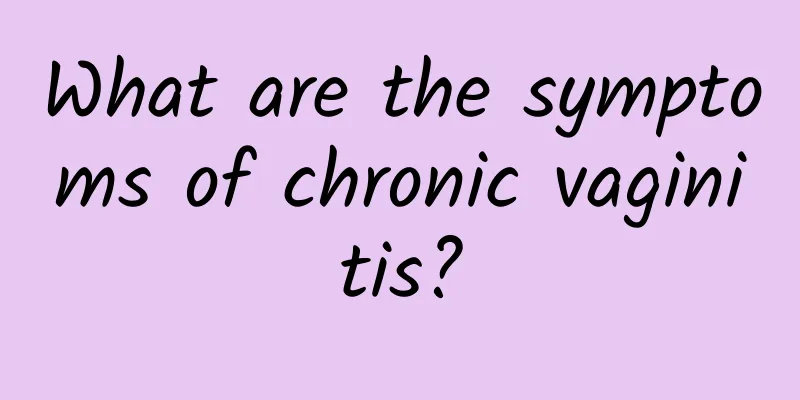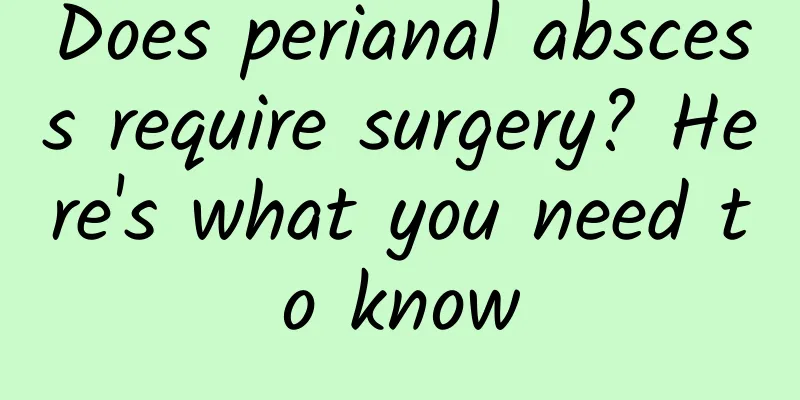What to do if your gums are protruding

| Everyone knows that the flesh wrapped around the teeth is often called the gums, and its scientific name is gingiva. If you do not pay attention to oral hygiene in life and do not protect the health of your teeth, the gums will suffer from some diseases. Sometimes many people will feel that some gum flesh has grown. This is the phenomenon of gingival hyperplasia. There are many reasons for gingival hyperplasia, and effective treatment can only be carried out according to the specific reasons. 1. Chronic gingivitis (1) Remove plaque, calculus and other pathogenic factors that promote plaque accumulation. (2) Instruct patients to control plaque themselves. (3) Inquire whether the patient has systemic risk factors that promote disease progression, such as smoking, systemic diseases and conditions (immunosuppression), stress, nutrition, pregnancy, drug abuse, HIV infection, and medication use, and consider taking proactive targeted measures. (4) If gingival hyperplasia is still obvious after basic periodontal treatment, surgical resection may be considered. 2. Adolescent gingivitis : Oral hygiene guidance for adolescents. Treatment includes removing local irritants, performing supragingival cleaning, and scraping if necessary. If necessary, local medication can be used as an auxiliary treatment, such as gargling, gingival pocket irrigation and local medication. To remove factors that retain plaque, gingivectomy may be performed if necessary for patients with long-term gingival hypertrophy and unfavorable plaque control. 3. For pregnancy gingivitis , consider postponing periodontal treatment in the first or last three months of pregnancy to avoid miscarriage or premature birth. During the 4th to 6th month of pregnancy, local irritants such as plaque and tartar should be removed, but the operation must be gentle to minimize bleeding and pain. Emergency periodontal treatment can be performed at any time during pregnancy. Use antibiotics and other medicines with caution. Emphasize self-plaque control and regular periodontal maintenance. For hyperplastic gingiva, surgical removal should be postponed until after delivery. If the gingival aneurysm during pregnancy is large and requires surgical removal, it can be considered to be performed within 4 to 6 months of pregnancy. 4. For drug-induced gingival hyperplasia , replace the drugs that cause gingival hyperplasia without affecting the control of systemic diseases. Remove local irritants such as plaque and tartar, eliminate factors that cause plaque retention, and guide patients on plaque control. After treatment, gingival hyperplasia in most patients can be significantly improved or even disappear. For patients with obvious gingivitis, auxiliary drug treatment can be used, such as flushing the gingival pockets with 3% hydrogen peroxide solution and inserting antibacterial and anti-inflammatory drugs into the pockets. For those whose gingival hyperplasia cannot be completely eliminated by the above treatments, surgical treatment of gingival resection and shaping or flap combined with gingival resection can be performed. Get clear doctor's instructions to avoid recurrence after surgery. 5. For gingival fibromatosis, remove local irritants such as plaque and tartar, eliminate factors that cause plaque retention, and guide patients in plaque control. Surgical treatment mainly includes gingivoplasty, and flap combined with gingivectomy can also be used. 6. Remove the irritating factors of gingival tumor and perform surgical excision. Surgical resection should be thorough, and an incision should be made on the normal tissue around the base of the tumor. The tumor, along with the periosteum, part of the alveolar bone at the base, and periodontal ligament tissue in the corresponding area should be removed to prevent recurrence. Place periodontal protective agent on the wound surface. If the teeth around the gingival tumor have become loose, they should be extracted at the same time, and the affected periodontal membrane and adjacent bone tissue should be removed at the same time. After recurrence, the above method is generally used for excision. If the disease recurs multiple times, the teeth affected by the disease should be extracted at the same time. |
<<: How to extract tooth root rot in gums
>>: How to quickly reduce swelling of gums
Recommend
What is neuroherpeticum and what are the symptoms?
Many people only have a vague understanding of he...
Wax-like substance on armpit hair
There are often many abnormal conditions in our b...
Cracks on the tongue
When it comes to tongue diseases, I believe many ...
What to do if there are red spots on the tongue that don't hurt or itch
If you find some red spots on your tongue, the mo...
Black bean and red dates egg soup
Black bean, red dates and egg sweet soup is a ver...
Can breasts be cupped?
Cupping can bring great benefits to the human bod...
Nursing measures for coronary heart disease
Coronary heart disease is actually coronary ather...
Pangolin scales
Pangolin is a kind of clawed animal that lives in...
What is the reason for the horizontal lines on the waist?
Horizontal lines on the waist are mainly a sign o...
Effects and functions of nine-headed insect
Promote blood circulation, remove blood stasis, a...
Symptoms of spleen deficiency
I often hear people talk about spleen deficiency....
How to treat tear duct stenosis
Tear duct stenosis mainly occurs in female friend...
What herbs can relieve itching?
Skin itching is quite common in our daily life. I...
What to do if you have acne on your philtrum? Chinese medicine has a way to treat acne with food therapy
Getting acne is probably something that no one wa...
Can armpit hair be plucked?
In the hot summer, it is also a season for women ...









